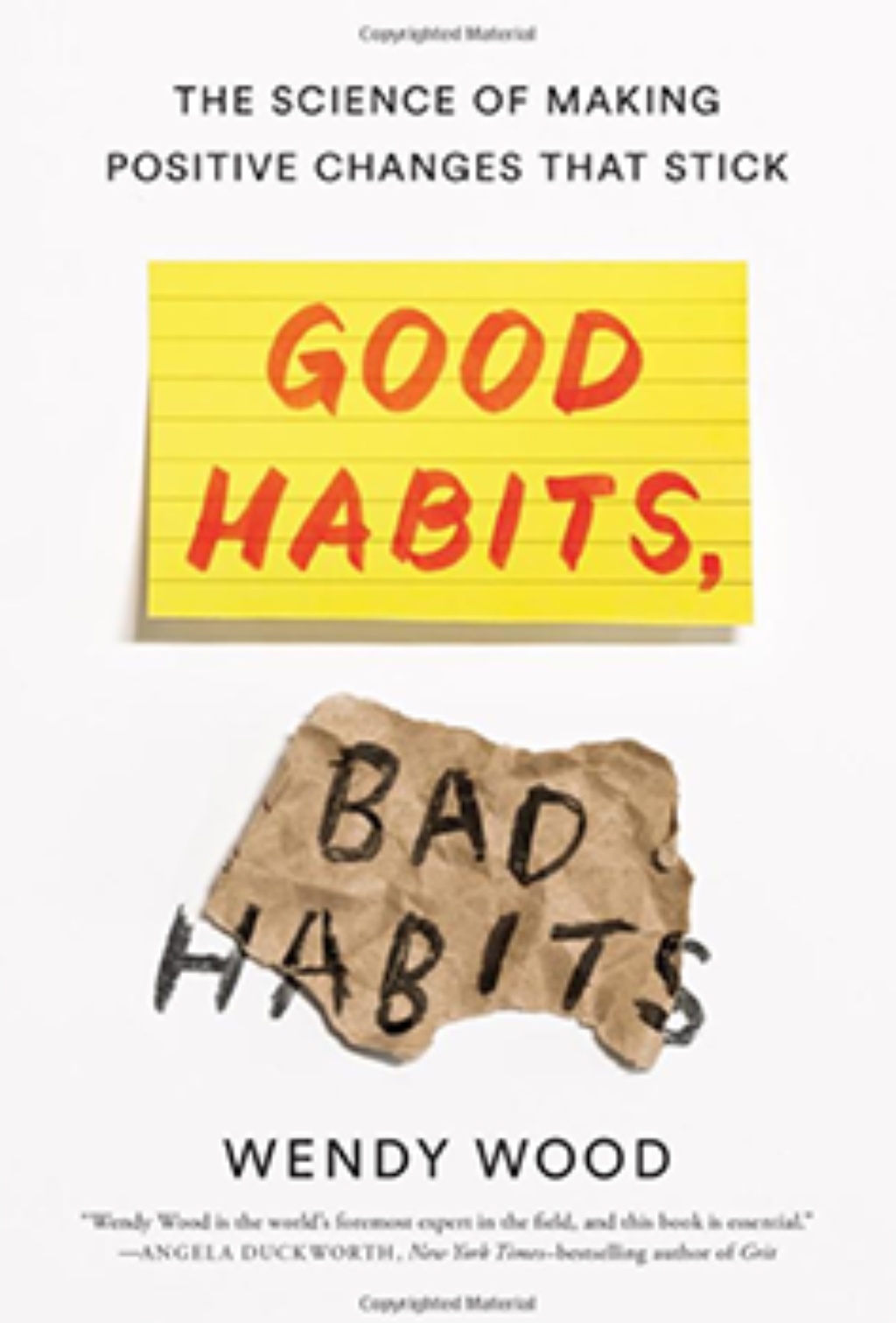
Sustainable Training Routines for Operational Excellence
February 14, 2022We're over a month into the new year, so it might be a good time for a quick check on any new resolutions. It's always best to correct a process as soon as it goes out of control. I don't mean to assume that your new resolutions are already on the rocks, but speaking for your friends, it's possible that all of those planned good habits have not firmly taken root. I'd like to share a couple of thoughts.
In early January, NPR ran a Hidden Brain podcast called "Creatures of Habit". If you haven't listened to it, I recommend that you find 51 spare minutes on your next commute or walk.
So much effort is put into training to build skills, but all too often there is little energy devoted to building the structures and systems necessary to ensure that those skills are applied as intended.
I was struck by how much of this conversation applies to our practice area of process improvement, where we could use some fresh thinking to surmount some of the challenges of building sustainable systems for improvement. So much effort is put into training to build skills, but all too often there is little energy devoted to building the structures and systems necessary to ensure that those skills are applied as intended. We spend a lot of time teaching people new exercises, but not enough time figuring out what is really involved in getting people to the gym to work out.
In the Creatures of Habit podcast, host Shankar Vedantam interviews psychologist Wendy Wood, who wrote a book called "Good Habits, Bad Habits — The Science of Making Positive Changes that Stick." Wendy has been researching the dynamics of persistence and habits, and has meaningful insights on how people can build positive routines that stick.
We can think of "going to the gym" as doing the ongoing unglamorous work of process improvement. That's what we all want, isn't it? Formal sponsored projects are great, but what we would all prefer is organic, daily, and self-directed critical thinking and problem solving. It's the "make process improvement part of our DNA" intention that we've all heard so many times. If we want those behaviors to become habitual routines that are truly locked into the organizational DNA, then the science behind habit formation ought to be embedded in the owner's manual of our process improvement management systems.
We tend to think that by changing thinking we can change behavior, but the science shows that humans don't work that way.
Our training and our systems include a lot of "hey, you should go to the gym" messaging, but if that were sufficient, then everyone would be completing multiple DMAIC projects year after year, or organizing kaizen events in their spare time without prompting. We tend to think that by changing thinking we can change behavior, but the science shows that humans don't work that way. You may have heard the phrase "It's easier to act your way into a new way of thinking, than think your way into a new way of acting." The expression is actually based on sound science. Our challenge is to design and structure those "new ways of acting" so that they build the kinds of new and durable patterns of thinking that we want.
Wendy Wood summarized her research that supports this model of change: "For one-off, occasional behaviors, conscious decisions ruled, and people with strong attitudes just did them... But other behaviors were puzzling. With actions that could be repeated often . . . intentions didn't matter much." In other words, intentions tend to be overcome by friction.
People who are successful at establishing good habits don't do so through willpower...
Friction is one of the key concepts discussed in the podcast, born out by research that shows (not surprisingly) that the distance to the gym has a significant impact on the frequency of visits. You might be inclined to think that willpower is the most important determinant of good habits, but that's not the case. People who are successful at establishing good habits don't do so through willpower, they are successful through their strategies that address friction: putting barriers in the way of bad behaviors, and reducing the friction that might impede good behaviors.
Before we examine friction in greater detail, it may be useful to review the basic structure of a habit. There are three elements: a cue or signal that triggers a routine response, and a reward that reinforces the connection between the cue and the routine. The system diagram below illustrates those elements as the loop of a positive habit, and shows the reinforcing loops of positive activities that help build good habits, as well as a balancing loop representing friction on the system.
The friction of the balancing loop is the brake on the good habit wheel - all the things that make process improvement difficult to do. If your system is not generating the positive activities that you'd like to see, this may be the place to start. If your rate of Green Belt project completion lags your expectations, it may very well be because it's just too hard for your people to find the time or the resources or the support to do the work. If you haven't asked them what makes it so hard, they'll probably tell you if you ask.
It won't come as a surprise what the research on habits shows: the more you can make the things you want your people to do obvious and easy and even fun, the more likely it will be that your people will do those things. That's why leadership engagement is so important. If leaders are actually involved in process improvement work, then their direct participation reduces a lot of friction and "brings people along on the ride."
The other lever that you can pull is increasing the energy of the reinforcement loop on rewards and recognition. Just like riding a bike with flat tires, motivation can overcome some of the inevitable friction. If you want good habits of behaviors to stick, you've got to reinforce those behaviors when they happen, in a meaningful way. If you have any familiarity with the 8-Discipline process, one of its advantages is the explicit focus on recognizing the team as the last step. Everyone wants to get busy and move onto the next thing, but it's critical to recognize all of the people who do the hard work necessary to realize positive process changes, because it is really hard work. Recognition can be like an endorphin, a drug that makes people want to work out in order to get that high.
Over the years, we've known many, many companies who've devoted significant energy and expense to holding company-wide recognition events to celebrate process improvement successes. The expense of those events can be an easy target for cost-cutting, as can the resources for internal marketing and communication of the benefits of improvement efforts, but the organizations who manage to maintain recognition systems are the ones most successful in making process improvement a habit.
We can become proficient at building good organizational habits if we understand the psychology behind routines and design the management system to yield the behaviors we want.
Learn more about TRACtion, the first truly integrated Enterprise Process Improvement system, that provides a platform to support the work of process improvement across your organization. TRACtion offers all the practical tools to plan and execute project work.

CEO • MoreSteam
MoreSteam is the brainchild of Bill Hathaway. Prior to founding MoreSteam in 2000, Bill spent 13 years in manufacturing, quality and operations management. After 10 years at Ford Motor Co., Hathaway then held executive level operations positions with Raytheon at Amana Home Appliances, and with Mansfield Plumbing Products.
Bill earned an undergraduate finance degree from the University of Notre Dame and graduate degree in business finance and operations from Northwestern University's Kellogg Graduate School of Management.






